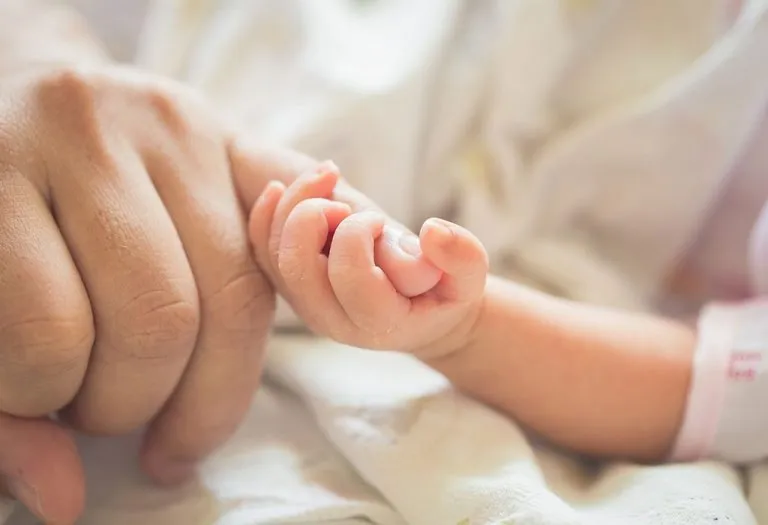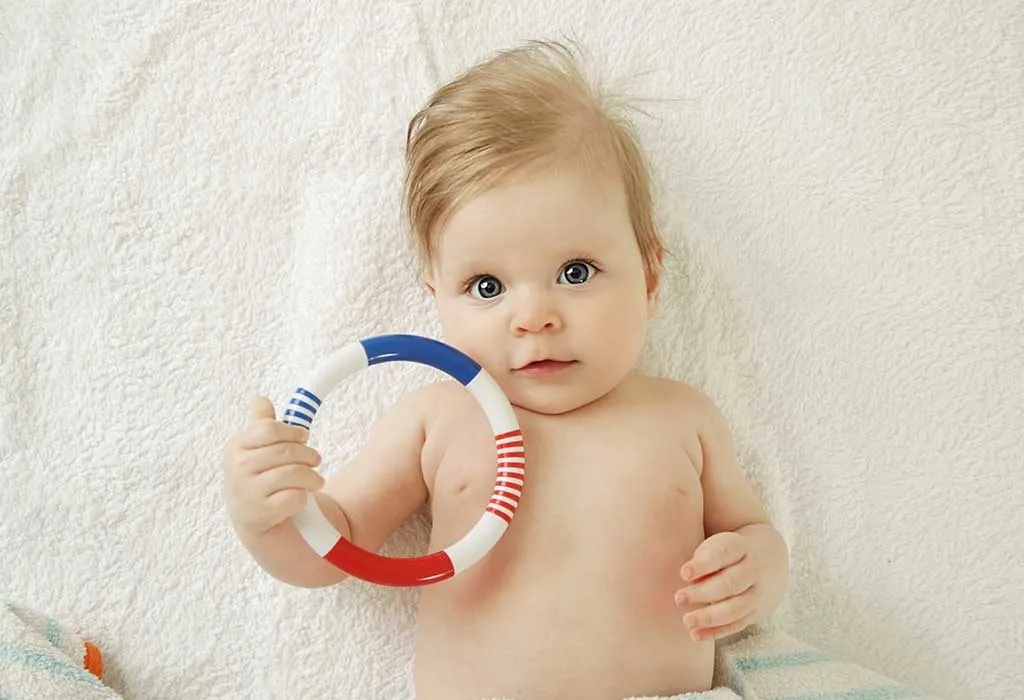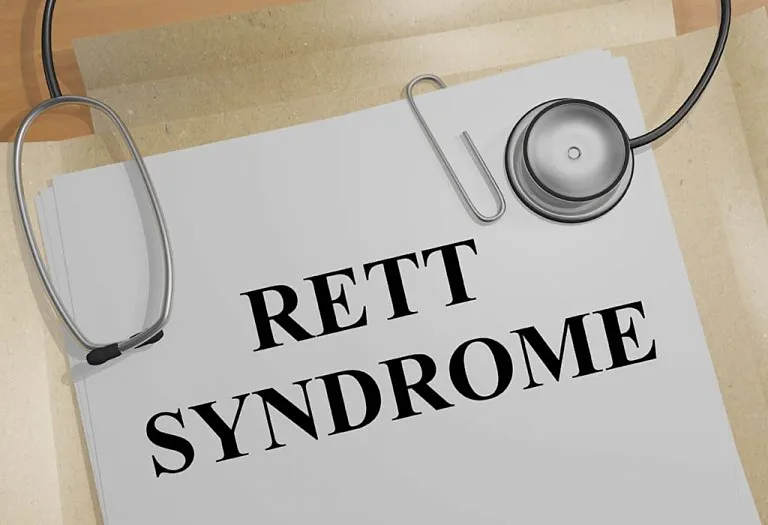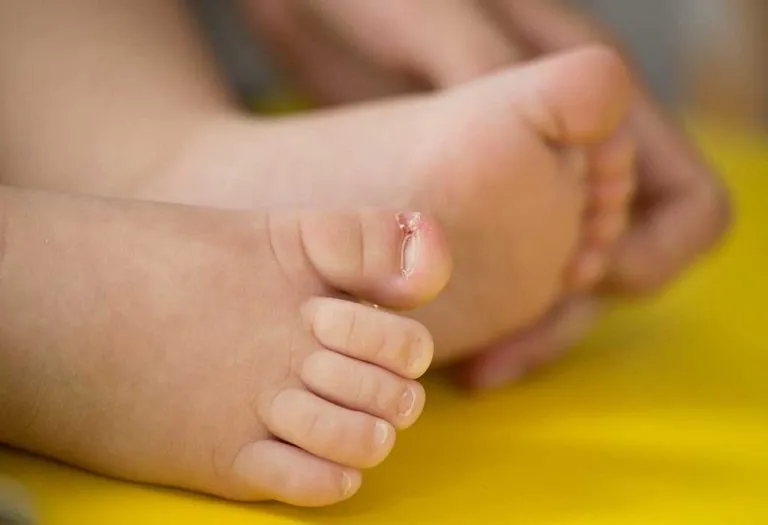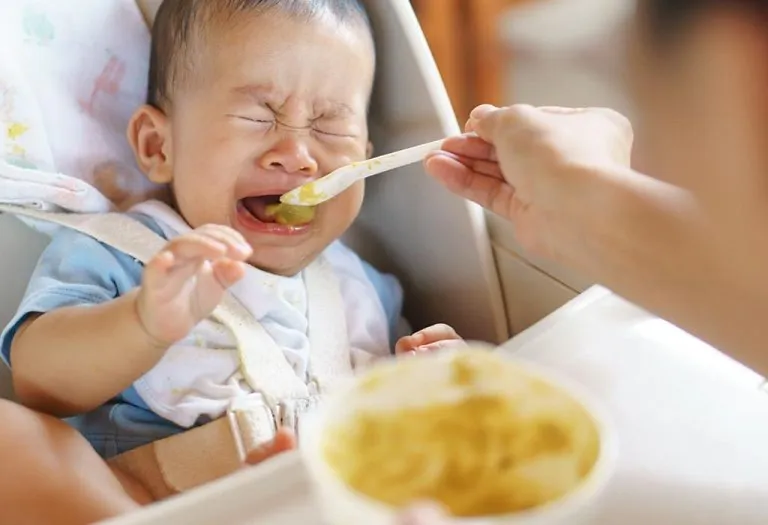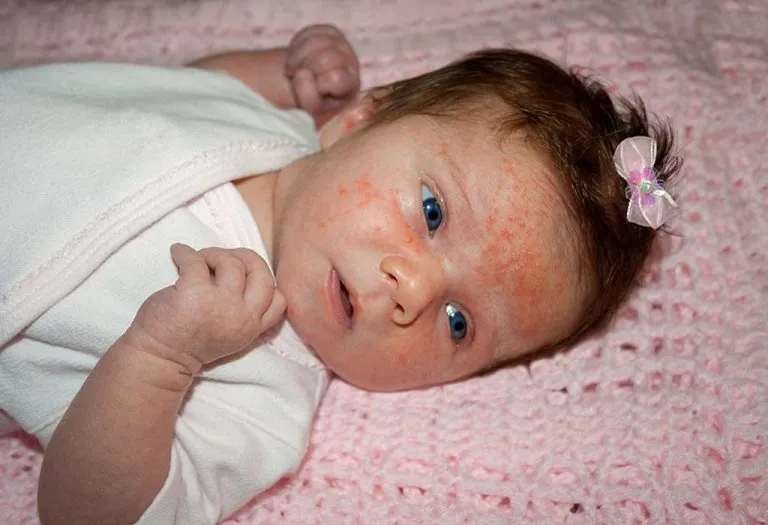Palmar Grasp – Importance of Grasping Reflex in Newborn
Have you noticed that if you place your finger inside your baby’s mouth, your baby starts sucking it, or when any bright light is flashed, your baby shuts his eyes tightly, or when you stroke his little palms, your baby grasps your finger? This is because newborn babies have involuntary movements or actions known as reflexes.
Where some of the reflexes develop at specific times, there are others that are only seen in newborn babies and one such reflex is a grasping reflex. If you have not heard of it or do not know much about this reflex, well, reading this post may be helpful as it discusses more on what is grasping reflex, why it is important in a newborn baby and other such aspects!
What Is Grasping Reflex?
Before we proceed with the topic, many of you may want to know what exactly is a grasping reflex or what is the grasping reflex definition; well, to put it in simple words, a grasping reflex, which is also known as a palmar reflex, is a primitive response that is present in not only in newborn human babies but also in other primates. This grasp helps and allows the newborn babies to release a grip when the baby’s palm is stroked or an object is placed on the hand. However, this kind of grip is pretty strong but very unpredictable at the same time, which means that the baby may just release it at any time without exhibiting any warning signs (4).
Apart from helping the newborn baby to have skin-to-skin contact with parents and siblings, this reflex is also one of the important parameters in determining the proper functioning and development of the nervous system. These involuntary reflexes go away on their own at around six months of age; however, if the baby does not outgrow these reflexes, it may indicate developmental delays or nervous system damage in babies.
Therefore, as parents, you must pay heed to such reflexes and try them with your baby regularly to keep a tab on the baby’s development process. This is because these movements exhibited by your little one are some of the most interesting involuntary actions.
When Does Grasping Reflex Occur in Babies?
The Palmar reflex or infant grasp reflex, which is a prehensile, primitive, and involuntary reaction to any kind of mechanical stimulus, is present in all newborn babies. However, this reflex starts developing in the womb and can occur around 16 weeks of gestation. This means this reflex is present in babies even before birth and can be present for up to five to six months after birth (1).
How Does It Develop With Age?
Here is how the baby grip reflex develops at different stages in your baby’s life:
0-2 Months
Your little one is born with a grasping reflex, and this can be evident when you stroke your baby’s palm. As soon as you do so, your baby will curl his little fingers around yours. However, these involuntary and instinctual movements are present for up to eight weeks after birth. During these eight weeks, you may notice that your baby may start opening and closing his clenched fists. You can even notice him grasping softer objects such as toys, rattles, or other objects.
3 Months
At around three months of age, your baby may still struggle to grab or get hold of objects he wishes to hold. Well, there is no need to worry as this is normal. The best part of this stage is that your baby may develop better hand-eye coordination and will try to reach out for various objects that may be placed or are within his reach. A play gym will be a great way of getting your baby engaged in palmar reflex integration exercises. Laying on the flat surface of a play gym as your baby tries to catch various hanging objects is a great way to encourage babies to work on these grasping reflexes.
4-8 Months
At this stage, your baby is better at holding bigger objects, such as building blocks. However, his dexterity needs fine-tuning to hold smaller objects, and by the time his first tooth appears (which is during this time frame), your little one may start putting things in his mouth. Your baby can move objects from one hand to another. However, your munchkin has started relishing solid foods; he may still struggle to hold his feeding spoon. This may be a good time to begin childproofing your home and keeping smaller objects away from your baby’s reach.
9-12 Months
At this grasp reflex age, your baby will be able to pick up objects with the least amount of effort. His pincer grasp is always improving, so he can pick up smaller objects, too. This improved hand and eye coordination will make your baby hold a spoon, but he may still prefer his fingers to put food in his mouth. However, you can help your baby use a spoon; soon, he will master the trick!
Importance of Grasping Reflex in a Newborn Baby
The grasping reflex in infants is not only a sign of healthy development but also plays a key role in various aspects of early growth. Here are a few ways the grasping reflex is important for a newborn baby.
1. Builds Motor Skills
The grasping reflex is one of the first movements a newborn shows, helping to develop basic motor skills. As a baby grips and releases objects, it strengthens their hand muscles and improves coordination.
2. Improves Sensory Awareness
Touching the baby’s palm triggers the grasping reflex, which helps the baby feel different textures and objects. This reflex helps babies learn how touch and movement are connected.
3. Encourages Exploration
Palmer reflex helps babies learn about different shapes, sizes, and textures. Such exploration is important for early learning and helps them understand more about their surroundings.
4. Gets Baby Ready for Voluntary Grasp
Although the reflex is automatic, it helps babies prepare for when they can control their hands on purpose. As they grow, babies will begin to reach for things on their own, marking the shift from reflex actions to deliberate movements.
Palmar Reflex Vs Plantar Reflex
The palmar reflex occurs in the hands, where touching a newborn’s palm causes their fingers to close in a grasp. However, the plantar reflex occurs in the feet (2). The plantar reflex in infants is often called the Babinski reflex because it appears differently in babies compared to older children or adults.
To check for the Babinski reflex, gently stroke the outside of your baby’s foot from the heel to the toes. You will see the big toe move up, and the other toes will spread out. Another way to see this reflex is to hold your baby in a standing position with their feet on the ground; this will make their toes flex (5) (6).
The Babinski reflex usually disappears between 1 and 2 years old. After that, when you stroke the bottom of the foot, the toes curl downward as if trying to grab something.
When Does Palmar Reflex Go Away?
The grasping or palmar reflex starts fading away or disappearing by the time your baby reaches 5 to 6 months of age (3). This reflex assists in developing voluntary reflexes in newborn babies, and if it is absent, it may indicate certain kinds of motor nerve damage or injury or neurological defect, such as cerebral palsy.
Your doctor will check these reflexes as soon as your baby is born, and if any deformity or abnormality is detected, measures will be taken to rectify it.
What Can Parents Do to Stimulate Their Baby’s Grasping Reflex?
Here are some things that you can do as parents to stimulate the grasping reflex in your munchkin:
- Try placing objects in striking or vibrant colours that will instantly attract your baby’s attention. You can place them a little out of your baby’s reach so that your baby can catch those objects.
- Place objects, such as blocks, rings, rattlers, etc, in your baby’s proximity so he can reach them. However, do not put objects at a distance the baby cannot reach, which may irritate the baby.
- As your baby develops a better pincer grasp, you can place finger foods and encourage him to hold food items such as cooked carrots, peas, etc. However, refrain from using hard food items as they may lead to choking hazards.
- As your baby turns 18 months of age, he will be able to grasp many things. You can encourage your munchkin to place different shaped objects in and out of a box.
- Provide your baby with toys of different textures, such as soft plush or rubbery items. Textured toys can encourage your baby to explore with their hands, enhancing their grasping reflex.
- Use water-filled containers and floating toys to encourage your baby to play in the water. This can be a fun way to encourage grasping as they reach for the toys and splash in the water.
- Introduce soft fabric books that are easy for little hands to grab. The different textures and bright colours will engage your baby, and turning the pages will encourage them to practice their grasping and reaching skills.
What Happens If Newborn Doesn’t Develop Palmar Reflex?
Being concerned and worried about the baby’s progress and development is normal for the parents. In this case, you can also start to worry if you notice your baby’s inability to grasp an object when placed in front of him. Also, if your baby is not able to pick up or makes an attempt to grab an object by the time he is three to four months of age, it can be a matter of concern! However, if your baby is a preemie or a premature baby, it may be normal for him to reach such developmental stages a bit later than babies who are born on completion of the full term.
However, before you jump to any conclusions and panic, you must book an appointment with your baby’s paediatrician to find out the reason for the problem.
What Comes After Grasping Reflex?
After your baby masters grasping reflexes, be alert and attentive, as throwing objects may not take long. Don’t be surprised to see your munchkin throwing his toys and other objects. Around your baby’s first birthday, your baby may start enjoying games that include throwing, such as catching the ball, stacking up things to make towers, or even crashing or banging his toys.
By the time your baby turns eighteen months, you may notice your baby’s fascination towards holding pencils, crayons, and other such things. Now it will be the right time to hand over some crayons to your baby and let him scribble or draw on paper, which will help him develop better motor skills. By the time your baby is three years old, he may be able to draw lines and even write down alphabets.
FAQs
1. How does the palmar grasp reflex relate to future motor skills?
The palmar grasp reflex helps babies prepare to use their hands as they grow. This reflex helps them learn how to reach for things, hold onto toys, and move objects around later on. These skills are important for doing everyday tasks like feeding themselves, playing, and exploring their environment.
2. Is the palmar grasp reflex the same for all babies?
While most babies exhibit the palmar grasp reflex, the strength and timing can vary from one child to another. Factors like prematurity or developmental delays may affect how pronounced the reflex is.
3. Does tummy time help with the palmar grasp reflex?
Yes! Tummy time can help strengthen the muscles in a baby’s arms and hands, which are essential for developing the palmar grasp reflex. It also encourages reaching and pushing, which benefit overall motor skill development (7).
The grasping reflex is one of many reflexes, such as the sucking reflex, Moro reflex, stepping reflex, rooting reflex, asymmetrical tonic neck reflex, etc. that help your baby in settling into its new world (8). All these reflexes are important for your baby’s healthy development. However, if such kinds of reflexes are missing, delayed, asymmetrical, or weak, it may be because of certain illnesses, medication, or trauma during birth. If you register your baby with any such symptoms, get in touch with your baby’s doctor as soon as possible to figure out the reason behind the same and to opt for corrective measures!
References/Resources:
1. Anekar. A. A, Bordoni. B; Palmar Grasp Reflex; National Library of Medicine; https://www.ncbi.nlm.nih.gov/books/NBK553133/
2. Falkson. S. R, Bordoni. B; Grasp Reflex; National Library of Medicine; https://www.ncbi.nlm.nih.gov/books/NBK553125/
3. Newborn Reflexes; Stanford Medicine Children’s Health; https://www.stanfordchildrens.org/en/topic/default?id=newborn-reflexes-90-P02630
4. Newborn Reflexes; American Academy of Pediatrics; https://www.healthychildren.org/English/ages-stages/baby/Pages/newborn-reflexes.aspx
5. Futagi. Y, Toribe. Y, Suzuki. Y; The grasp reflex and moro reflex in infants: hierarchy of primitive reflex responses; PubMed Central; https://www.ncbi.nlm.nih.gov/pmc/articles/PMC3384944/
6. Modrell. A. K, Tadi. P; Primitive Reflexes; National Library of Medicine; https://www.ncbi.nlm.nih.gov/books/NBK554606/
7. Tummy Time; Nemours KidsHealth; https://kidshealth.org/en/parents/tummy-time.html
8. Movement, Coordination, and Your Newborn; Nemours KidsHealth; https://kidshealth.org/en/parents/movenewborn.html
Also Read:
Silent Reflux in Infants
Parachute Reflex in Baby
Let Down Reflex in Infants
Was This Article Helpful?
Parenting is a huge responsibility, for you as a caregiver, but also for us as a parenting content platform. We understand that and take our responsibility of creating credible content seriously. FirstCry Parenting articles are written and published only after extensive research using factually sound references to deliver quality content that is accurate, validated by experts, and completely reliable. To understand how we go about creating content that is credible, read our editorial policy here.





